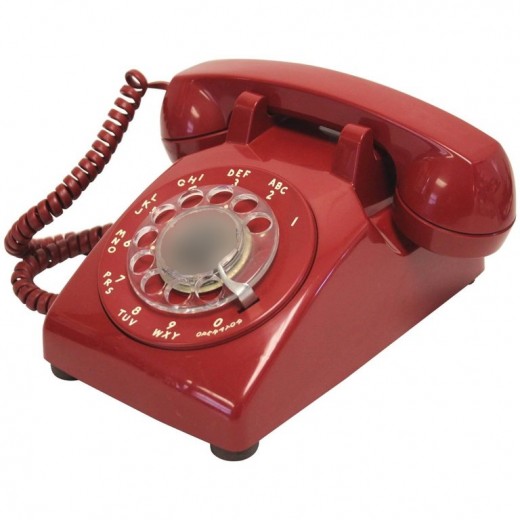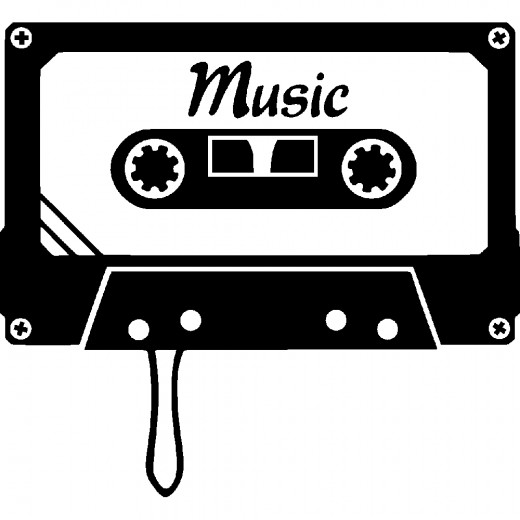1960s to Now - Big Changes
We often like to look back and see how different things are now than they were then – Whenever “then” was, but the changes that have occurred since the 1960s have been the most extreme in history. Seven things that changed the way we look at life.

Computers:
We cannot talk about the great strides taken without addressing the biggest advancement of the decades. While they were invented in the 1930s they were still very rudimentary and the size of small houses. But in the ‘60s the integrated circuit allowed for a smaller computer to be built. The business community were the largest users in the beginning and it was not until the late 80s and into the 90s that personal computers became affordable and convenient enough to use by the general public. Today laptops and even our cell phones are miniature computers. A huge jump from where they were just over 50 years ago.

Lasers:
In 1960, the laser (an acronym for light amplification by stimulated emission of radiation) is invented. Although there were high expectations of what it could do, the laser started out as kind of a letdown as there were no known uses for it at the time. However, from this discovery eventually came simple things like bright and beautiful laser light shows, to wonderful things like laser surgery. Lasers do work like shaping diamonds, cutting steel, and for telecommunications. There are also some darker uses such as laser weapons for war.

Telephones:
While phones had been around for decades, in 1963, a touch-tone phone was introduced. This seems like a small thing but the benefits were numerous. The old dial phones were cumbersome and it was easy to misdial if you did not push the reel far enough or if your finger slipped out of the numbered holes. The other issue was if your finger slipped out you had to start the process all over again. A pain if there were a lot of 9’s in the phone number. With push-button phones, you simply touched the number you wanted and you were on your way. I remember having to choose between having a dial tone or touch tone for my phone with the phone company in my first apartment. I believe you could choose both for a time.
The other issue with dial phones was that they were loud. Whenever you dialed there was a chattering sound as it circled back to the beginning. There was no way to quietly call your boyfriend late at night or the police if you wanted to. The touch-tone phone made a beeping noise but only in the earpiece. The phone also became lighter as there was no need for all the gears needed for a dial phone.

Recorded Music:
In 1964, music took a jump from records to 8-track tapes. While other similar inventions like cassette tapes were already invented, 8-track tapes and players took the market by storm. Cassette tapes did not become hot until the early 1970s. Cassette tapes were popular for the next decade.
Some of the problems? Tapes were prone to snapping and were either ruined or had to be repaired. There was also the issue of having to rewind or fast forward to get to the area you wanted to listen to. This could be a challenge so it was not uncommon to spend some time trying to find the exact spot you wanted.
In 1982, CD’s came on the market and became popular. It took some time for cassettes to completely disappear, especially for runners used to using Walkmans (a tape player you could listen to with headphones) to listen to music. The problem was that the CD's would skip from the jarring movements of the runner. In fact, my brother-in-law was still using cassettes in 2005! The reason was that so many of us had spent much time buying up complete albums of music on tape and/or recorded what we liked from the radio. Buying all new seemed wasteful and expensive.
MP3s came along in the early 1990s. They were slow to catch on at first, but by the late ‘90s when personal MP3 players came out in Asia, people became interested. When Apple’s iPod came out as a better player it took off like a storm, although CD’s are still in use by some to this day.
Gaming:
In 1967, the first video game console the Brown Box which played on a television. Sold in 1972 as the Magnavox Odyssey. The industry grew and while Pong was the big thing when I was a child, there are probably millions of video games available today. Because they are sorted by category and in many different languages, it is difficult to find an accurate count today.
Who knew then that we would one day be playing video games on our personal phones? Quite the jump from a basic brown box which was the size of a toaster with two player boxes each almost half the size of the box itself.

Television:
The first television was invented back in the 1920s but it was not until the 1940s that it was used to broadcast a TV show. The first? The Brooklyn Dodgers game against the Philadelphia Phillies. That was also the day they broadcast the first commercial for a Bulova watch. TVs got more popular in the ‘30s. In 1950, a push button wired remote was introduced. It was named “Lazybones”. In 1955, a wireless remote was invented.
In 1965, color television was first offered. Everyone already owned a black and white television so it was a big deal to own a color set. I know my family did not get one for a few years after they came out. It was such a big deal that local hotels and motels advertised the fact they had color TVs in their guest rooms. Obviously, a draw. New and improved wireless remotes came out regularly until the 1970s when they changed to infrared technology and could accomplish more than just changing the channel and volume control. I remember having 4 to 5 stations where I grew up but had friends who lived in the country that only had 1 or 2.
With the popularity of television, many other businesses popped up such as satellite, cable, and computer-based programming. There is no lack of shows to watch these days, but that does not mean there is a lot you would want to watch.
Space:
1968 brought us the first manned lunar orbit and it was just one year later that man landed on the Moon. Since then we have sent up satellites, had several manned missions, put a space station in the stars and currently have a spacecraft on Mars. We went from basic rockets to airplane style reusable aircraft. People have also started purchasing tickets for the first tourist trips into space. Quite an achievement in just 50 years!
© 2018 Lorelei Nettles








